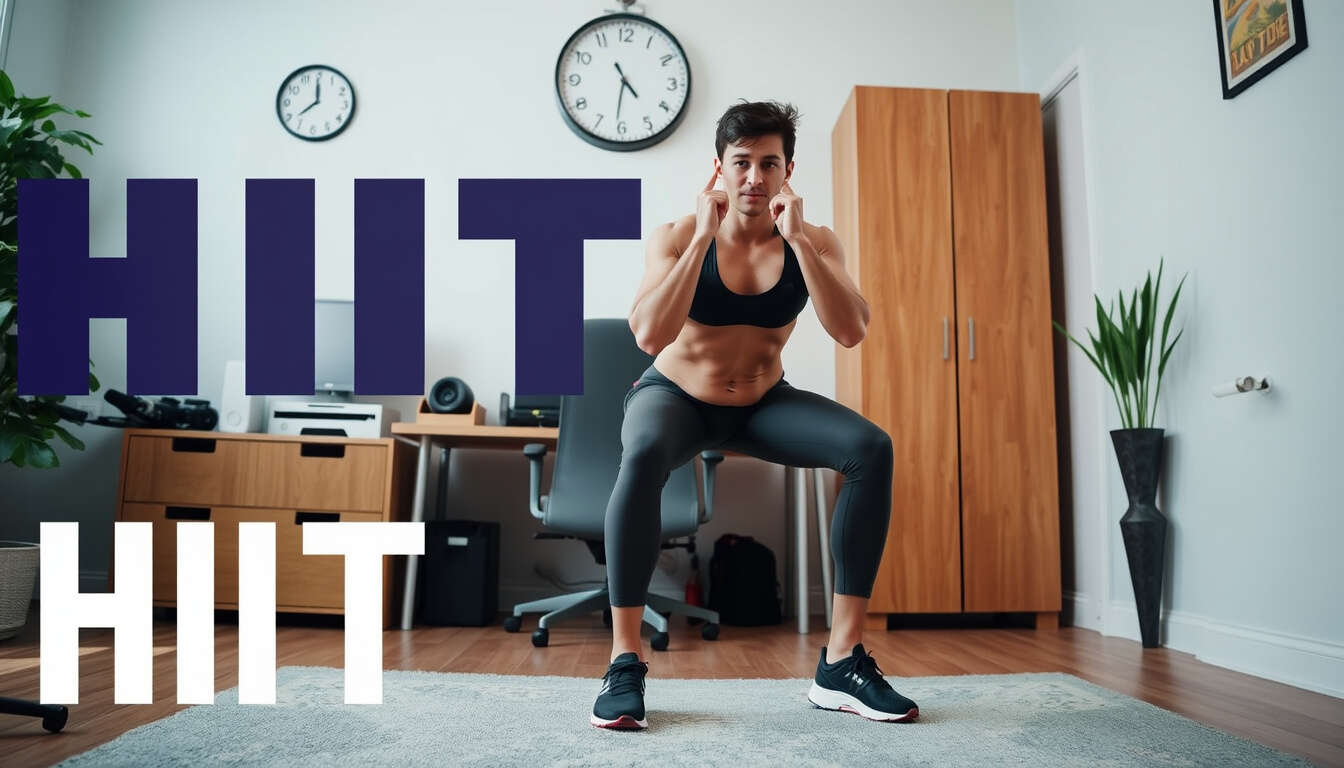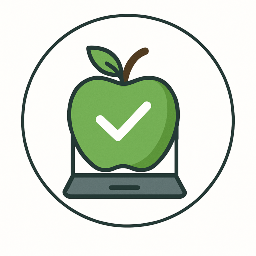HIIT Workouts for Busy Schedules
 by Marlene Keeling
by Marlene Keeling
Discover how High-Intensity Interval Training (HIIT) can fit into packed days, offering quick and effective ways to boost fitness and reduce stress. Learn practical tips for incorporating HIIT routines that support overall well-being, especially for those with demanding jobs like software development.

High-Intensity Interval Training (HIIT) has gained attention as an efficient way to maintain physical health amid tight schedules. For individuals in fast-paced professions, such as software developers, finding time for exercise can be challenging. HIIT addresses this by delivering maximum benefits in minimal time, often in sessions as short as 20-30 minutes.
HIIT involves short bursts of intense activity followed by brief recovery periods. This approach improves cardiovascular health, builds muscle, and enhances metabolism. Studies from the American College of Sports Medicine indicate that HIIT can increase aerobic capacity more effectively than steady-state cardio in less time. For developers spending long hours at desks, HIIT provides a practical solution to counteract sedentary lifestyles.
One key advantage is its adaptability. A simple HIIT routine might include bodyweight exercises like squats, push-ups, and jumping jacks, requiring no equipment. This makes it ideal for home or office settings. For example, a developer preparing for a deadline could perform a 15-minute session during a lunch break, combining 30 seconds of high-intensity moves with 20 seconds of rest, repeated for several rounds.
Beyond physical gains, HIIT supports mental health by reducing stress and preventing burnout. Regular physical activity releases endorphins, which help manage anxiety and improve mood. Psychological research from the Journal of Sport and Exercise Psychology shows that even brief, intense workouts can lower cortisol levels, the hormone linked to stress. In the context of remote work, where isolation might contribute to mental strain, HIIT offers a quick mood booster.
To integrate HIIT into a busy routine, start with realistic goals. Aim for three sessions per week, scheduling them during natural breaks in the day. Variety keeps things engaging; alternate between cardio-focused routines, like burpees and mountain climbers, and strength-based ones with planks and lunges. Proper form is essential to avoid injury, so begin with modifications if needed.
Nutrition and recovery play supporting roles. Pair HIIT with balanced meals rich in proteins, vegetables, and whole grains to fuel the body. Adequate sleep is also crucial, as it aids muscle repair and cognitive function. For instance, a developer who incorporates HIIT might notice improved focus and energy levels, leading to better work performance and life balance.
In practice, many have found success with HIIT. Consider Sarah, a software engineer who struggled with long work hours. By adding a 20-minute HIIT routine before breakfast, she reported increased productivity and reduced fatigue. Such examples highlight how small, consistent efforts can lead to significant health improvements.
Ultimately, prioritizing health through HIIT fosters a sustainable professional life. By focusing on stress management and physical maintenance, individuals can achieve greater resilience and enjoyment in their daily routines.
